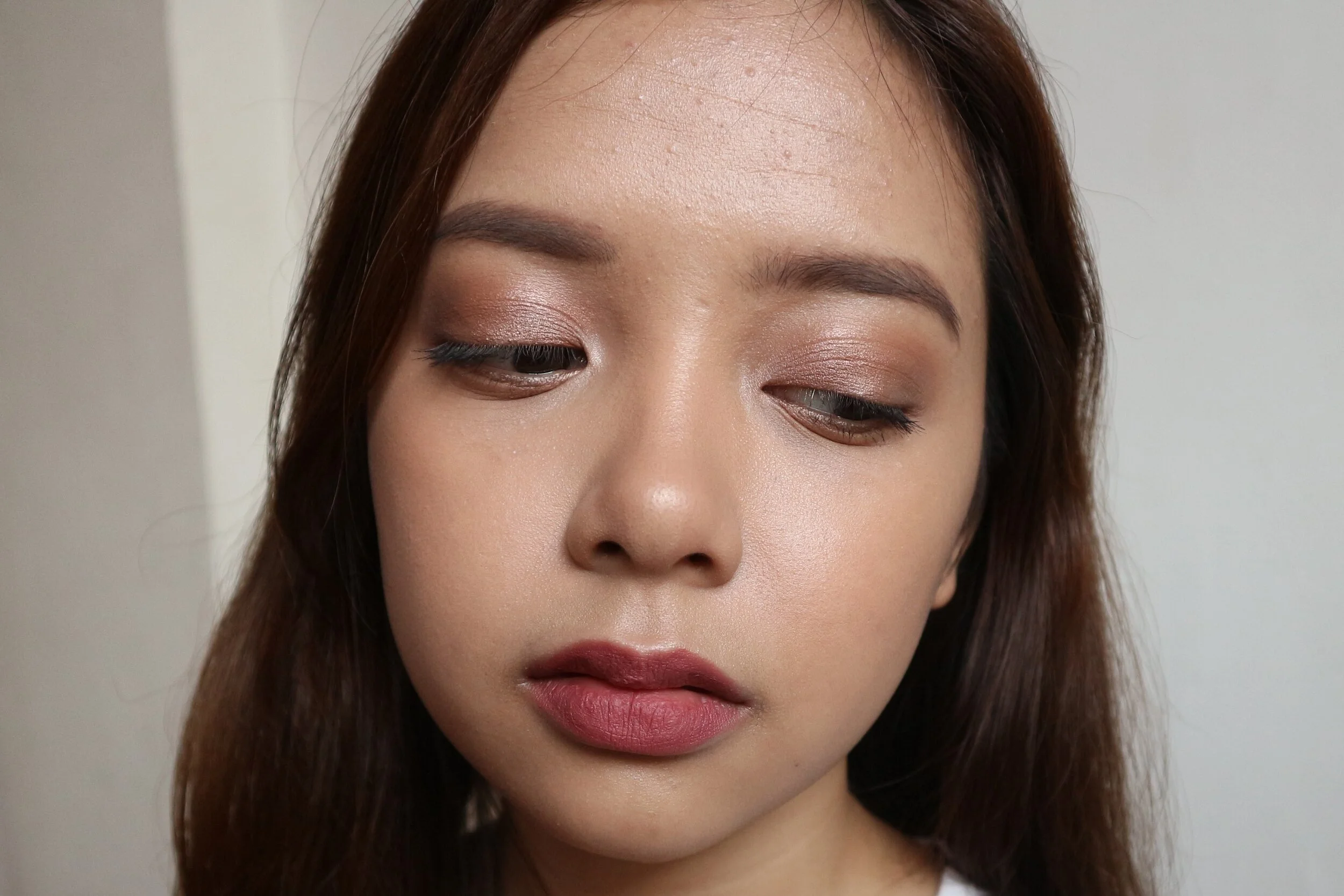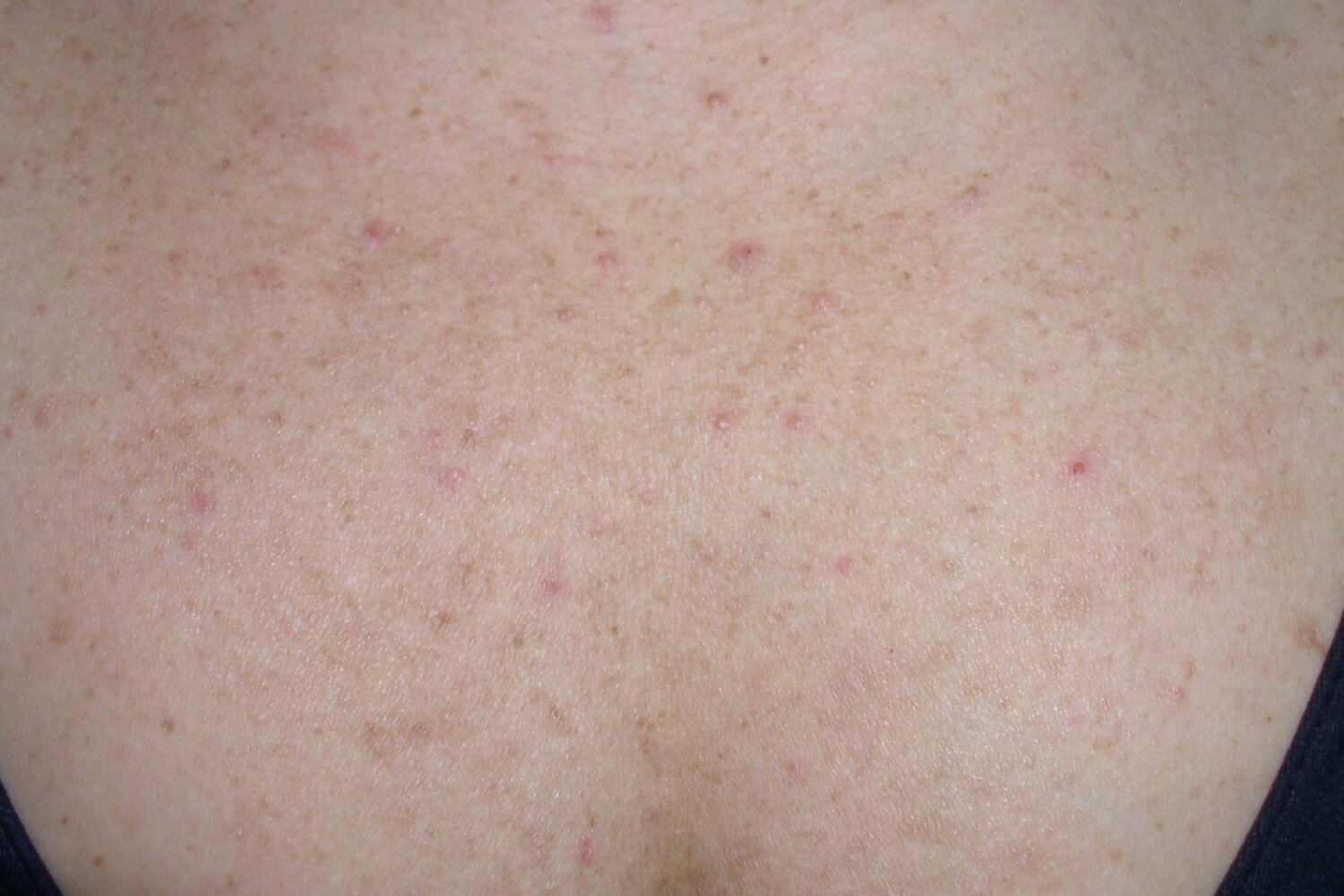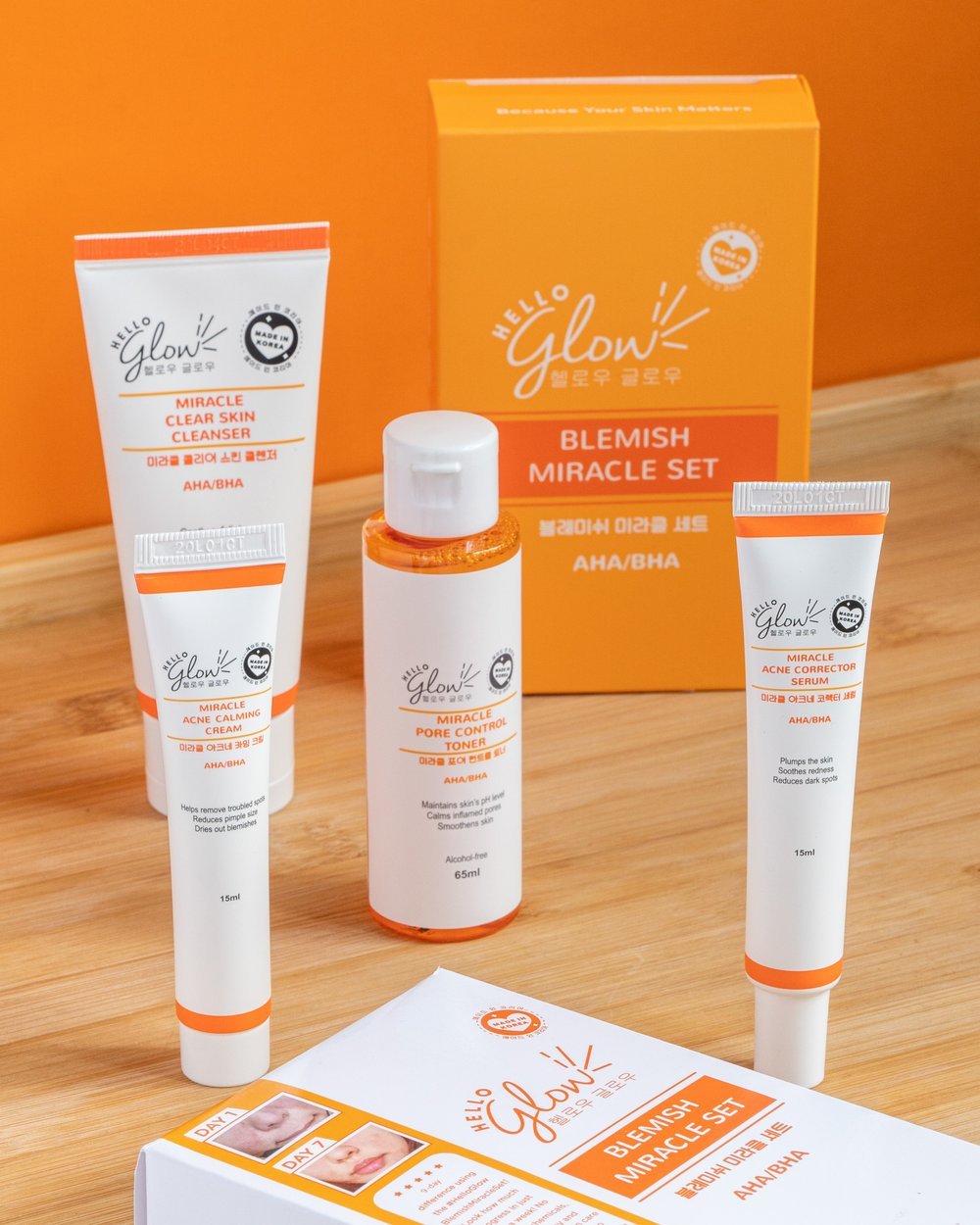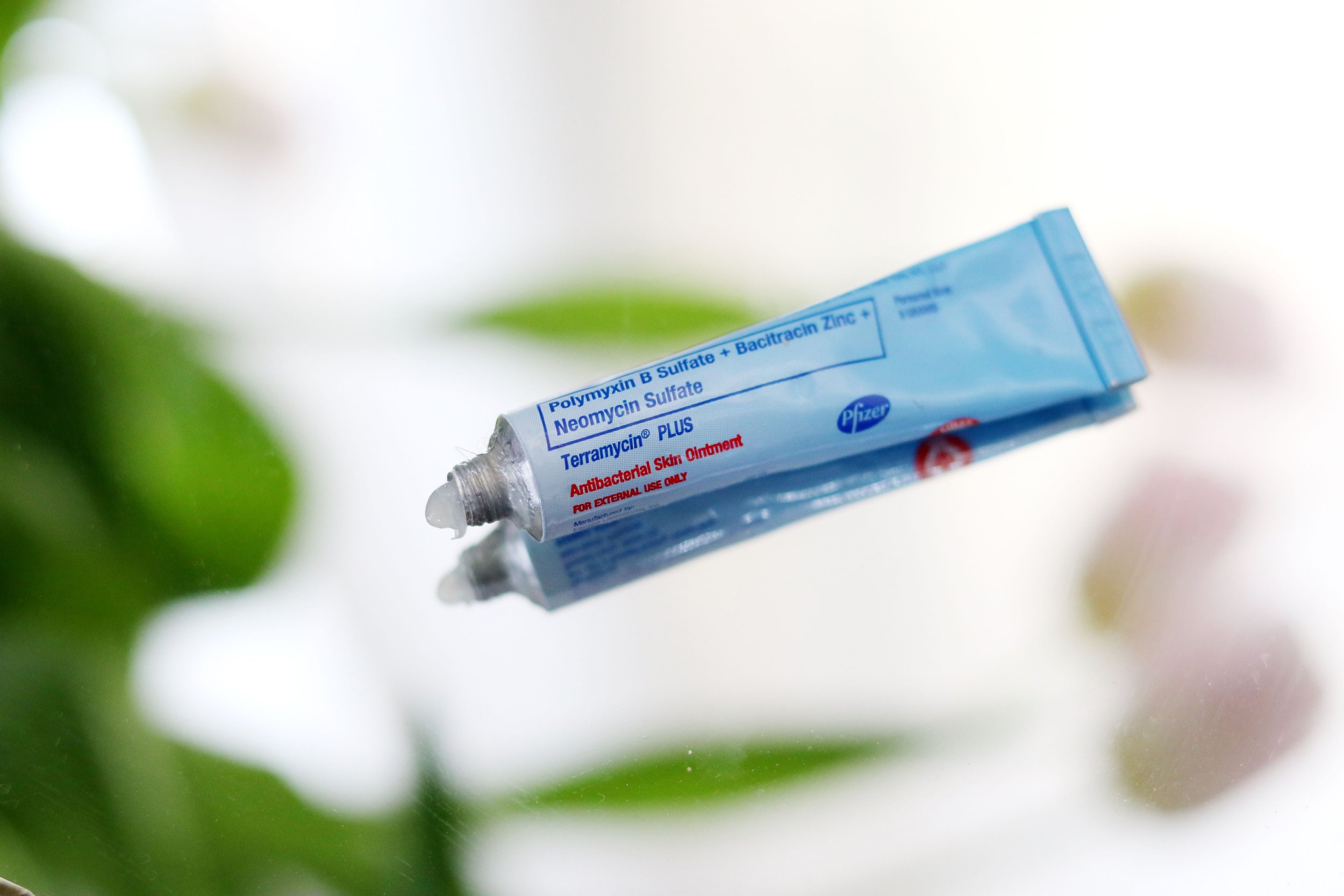Fungal Acne 101: What it is, how it's different from a regular breakout, and what to do about it
I had one of the worst breakouts of my life three years ago. There I was, trying out some high-end, cult favorite skincare and fully expecting to look like Kendall Jenner after 30 days. To my heartbreak, my skin broke out in clumps of tiny, angry, itchy bumps instead! After a few months and trying some similar products, I realized that what I had at the time was actually fungal acne.
The flare up on my forehead turned out to be fungal acne
What is Fungal Acne
Fungal acne, also called Pityrosporum folliculitis or Malassezia folliculitis, is a type of acne-like breakout caused by an overgrowth of yeast on the skin. It’s natural for most healthy individuals to have a small amount of Malassezia or yeast present on the outermost layer of their skin. However, certain activities, products, and environmental conditions can cause an overproduction of Malassezia. When hair follicles are infected with an excess of this yeast, your skin can get inflamed and break out in itchy raised bumps.
Fungal acne in the chest area (Image from Dermatology Advisor)
Unlike Acne vulgaris or “normal” acne which is caused by bacteria, fungal acne presents itself as small uniform bumps that don’t form a “head”. Fungal acne does not have comedones (blackheads and whiteheads), nodules (hard lumps), or cysts (soft lumps). They can be flesh-colored or reddish, and normally appear on sebaceous or oily and sweaty areas like your back, chest, shoulders, the back of your arms, and forehead. The yeast thrives on the lipid composition (fats and oils) of sebum so tight clothing, working out, as well as hot and humid weather can aggravate fungal acne.
One key distinguishing factor between fungal acne and regular acne is that the former provokes the urge to scratch and is symmetrically arranged, while the latter is seldomly itchy and comes in mixed sizes and appearances. It’s important to distinguish fungal acne from regular acne, as Malassezia folliculitis will not respond to your usual acne treatments. Even worse, fungal acne might actually be worsened by common acne medication.
How to diagnose fungal acne
It’s common for fungal acne to be misdiagnosed as regular acne, especially since it’s possible for someone to experience both skin conditions at the same time. The three telltale signs of fungal acne are:
An itchy sensation
The appearance of uniform bumps without “heads”
It doesn’t get better with acne medication
If you suspect that you might have fungal acne, visit a board certified dermatologist to get diagnosed. A dermatologist usually confirms a diagnosis of fungal acne based on visual inspection and a patient’s response to therapy.
People with oily skin or those who sweat a lot may be predisposed to an overgrowth of yeast. Taking antibiotics, as well as a history of immunocompromisation for cancer or diabetic patients, can also increase the likelihood of fungal acne. To be sure, your doctor may take a scrape of skin and examine the sample under a microscope.
How to treat and manage fungal acne
Fungal acne is typically considered a harmless cosmetic condition, but treatment is recommended to address the inflammation, skin darkening from post inflammatory hyperpigmentation, discomfort caused by the itching, and further spread of the growth of fungal acne. The most important concept in treating fungal acne is to eliminate the factors that caused the flare up, if possible.
This can be something as simple as avoiding tight clothing and activities that cause excessive sweating. If you work out regularly, make it a habit to wipe and rinse off sweat as soon as you can, as well as change out of sweaty clothes because sweat is “food” for Malassezia. Fungal acne is also contagious so I cannot stress this enough - make sure that you sanitize gym equipment before and after use!
Antibiotics used to treat regular acne can suppress normal bacteria in the skin and allow for yeast to overgrow in its place, so most dermatologists would advise to discontinue using antibiotics to treat fungal acne. If you do have a combination of both regular and fungal acne, see your doctor to make sure you’re treating both conditions, whether through topical or oral non-antibiotic anti-acne and anti-fungal treatments.
Skincare-wise, if you suspect that a product may have caused your fungal acne breakout, hit the pause button and check the ingredients list. The yeast that causes fungal acne breakouts feeds off of most oils and fatty acids. Lauric, myristic, palmitic, stearic, oleic, and linoleic acid are some of the most common oils used in skincare that can trigger an overgrowth of yeast. My personal kryptonite is fermented skincare products.
These are strong cult favorites, but fermented products are a no-no for fungal acne
For other people, depending on the severity of your condition, Malassezia folliculitis may take a few months to treat. It could require more than just a lifestyle change, as well as a consistent maintenance regimen to prevent the recurrence of fungal acne episodes. One of the first-line of treatments for fungal acne is to use a sulfur wash or spot treatment. Sulfur sloughs off dead skin cells, and is both an anti-fungal and an anti-acne ingredient. It also has many applications in dermatology to treat a wide array of skin diseases like fungal acne, eczema, acne, and dandruff.
Honey and salicylic acid are also two great skincare ingredients that work well for treating both regular and fungal acne. Salicylic acid has anti-inflammatory, anti-bacterial, and anti-fungal properties so it’s an A+ worker in the acne fighting department! It’s a type of BHA that is oil-soluble, so it’s able to effectively deep clean pores and break down sebum.
For more severe cases of fungal acne, your dermatologist may prescribe oral antifungals for a few days, and in lesser dosages down the line for maintenance. Since most topical treatments don’t go deep enough to penetrate hair follicles where the yeast lives, oral antifungals are considered most effective in treating acute cases of Malassezia folliculitis. Ketoconazole, a common antifungal agent found in most drugstore anti-dandruff shampoos like Nizoral, is also recommended as a topical treatment in addition to oral therapy.
If you believe that you suffer from fungal acne after reading this guide, try to check your triggers to see if you can avoid further breakouts through a few lifestyle tweaks. Otherwise, we’d recommend seeing a board certified dermatologist. While fungal acne may come and go, with proper treatment, you can beat it when it happens and prevent further relapses.














